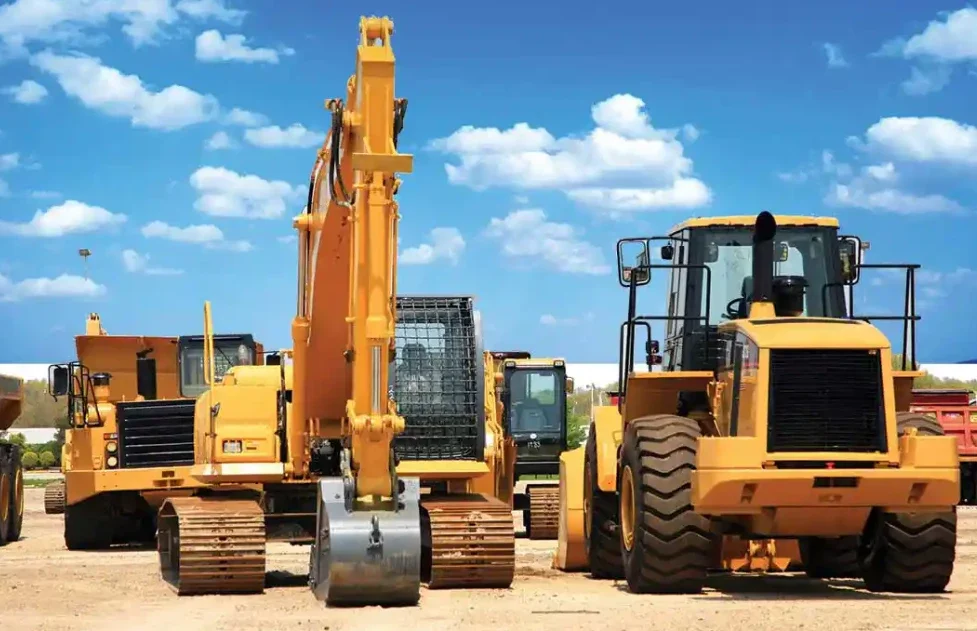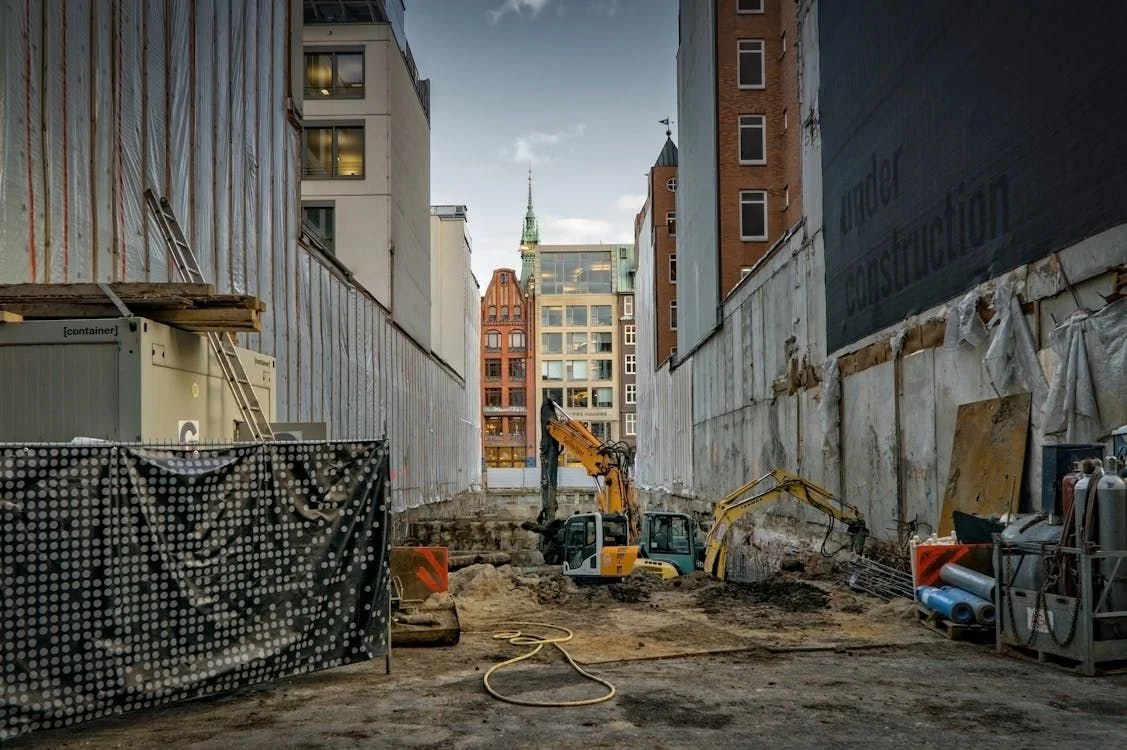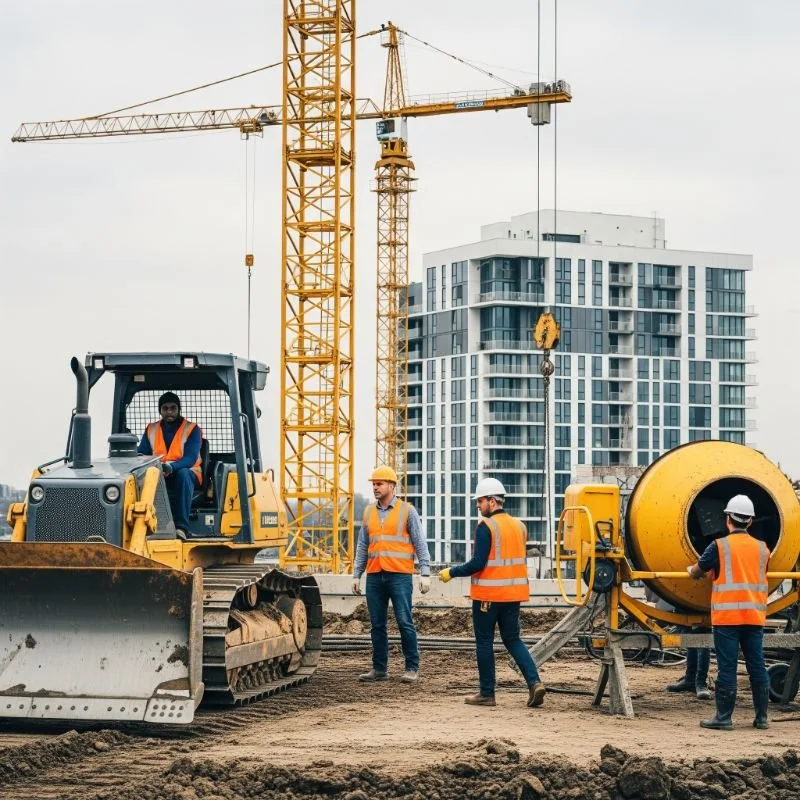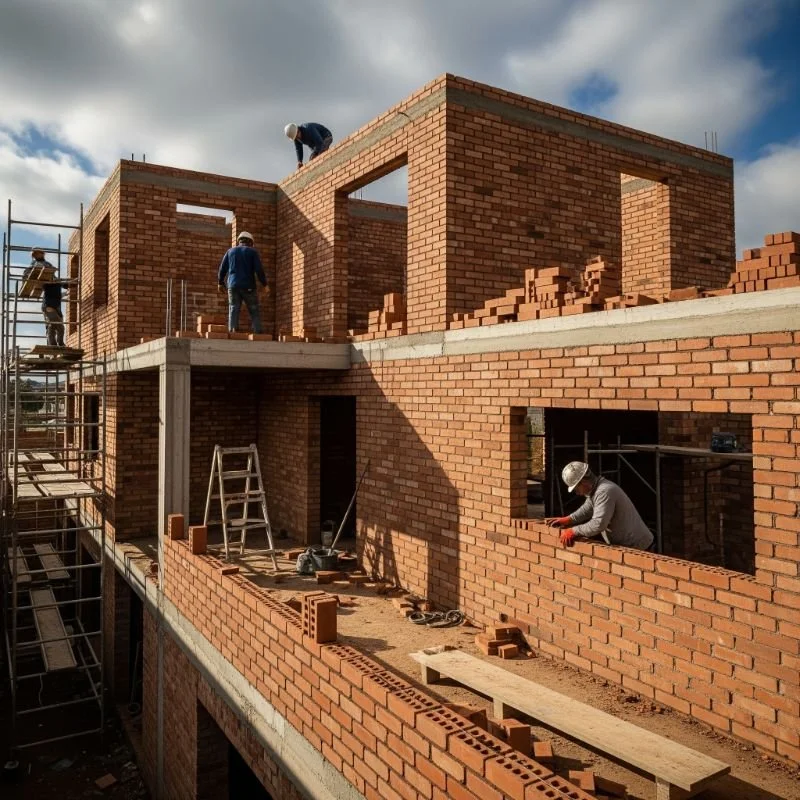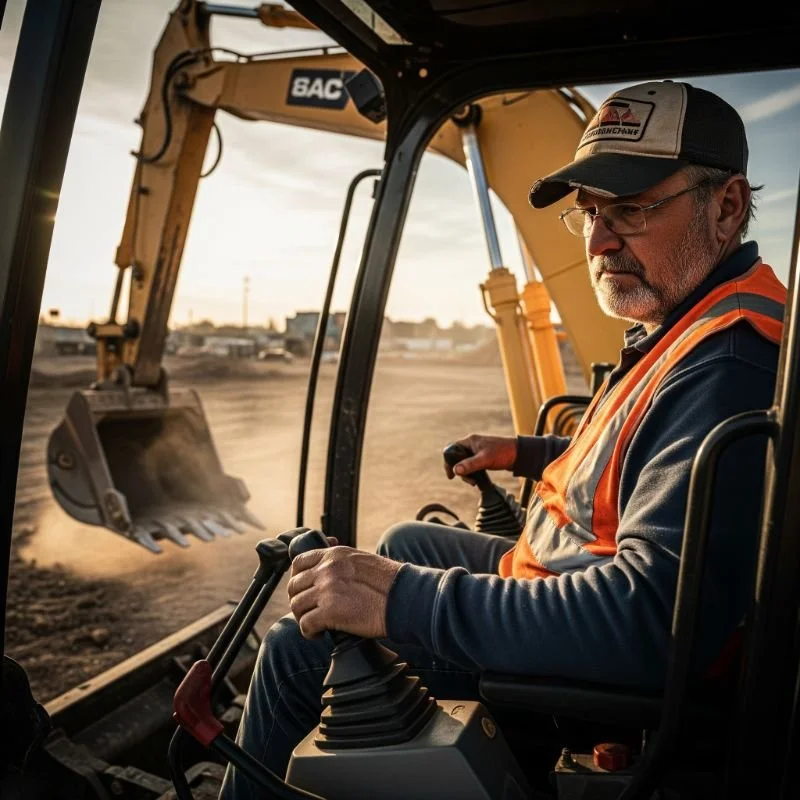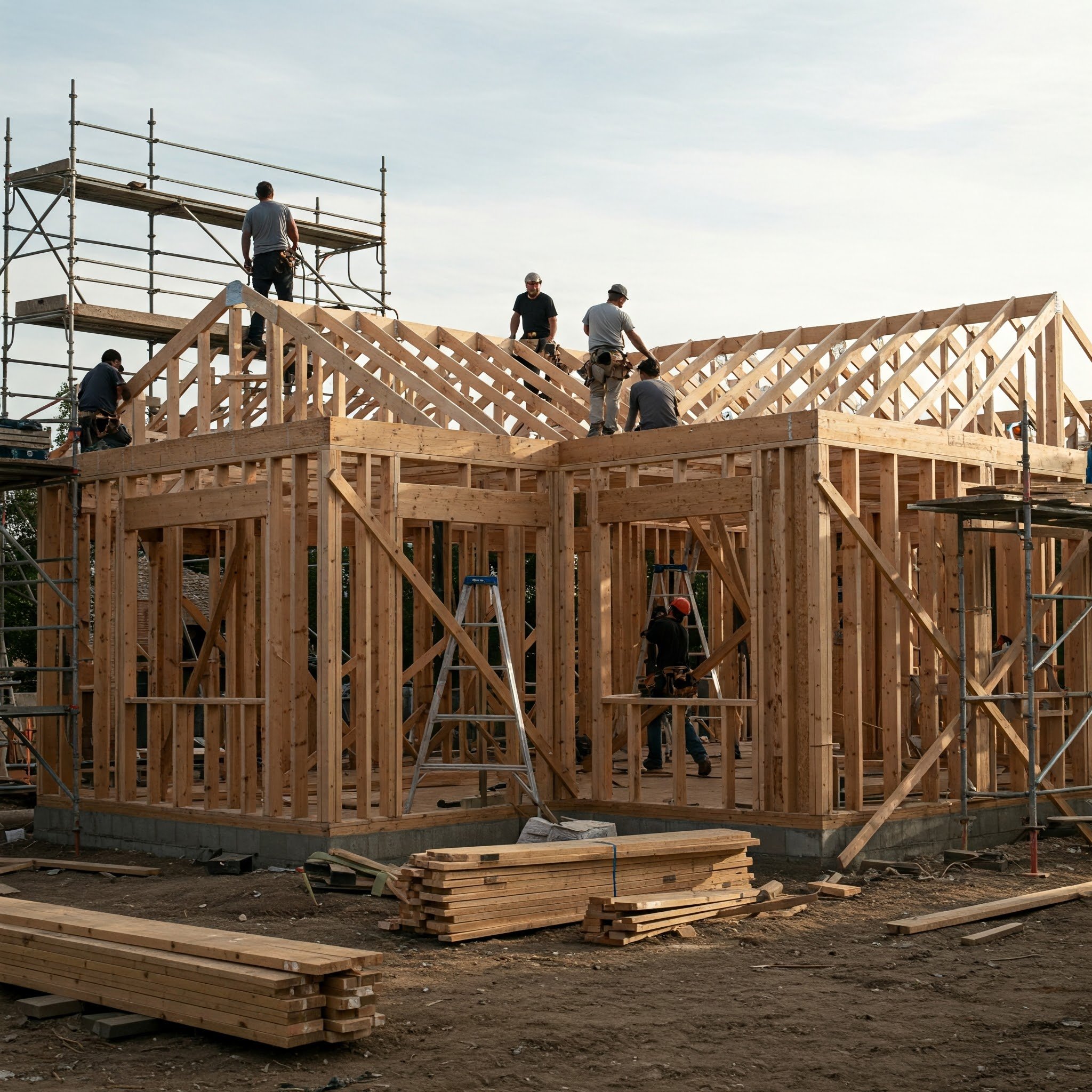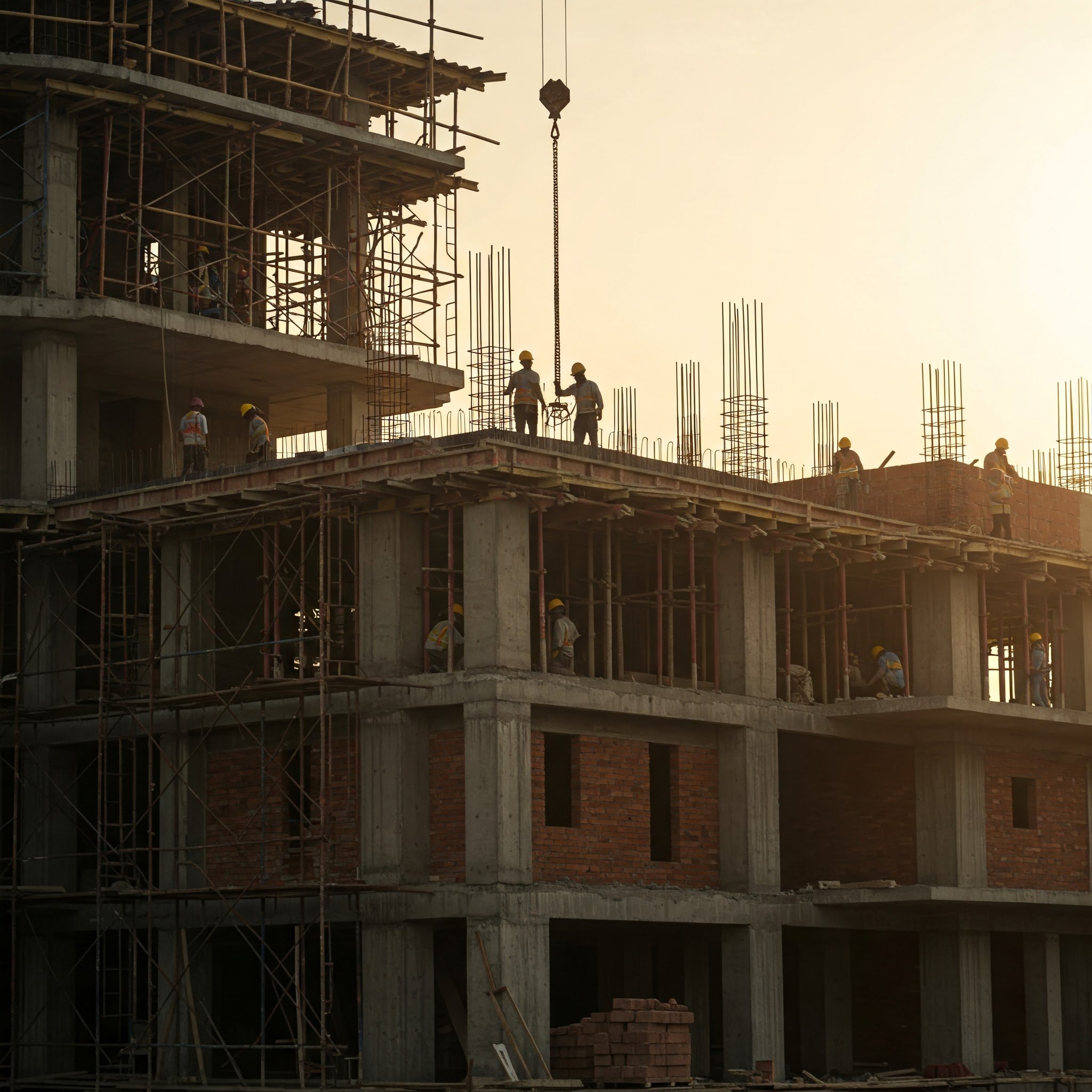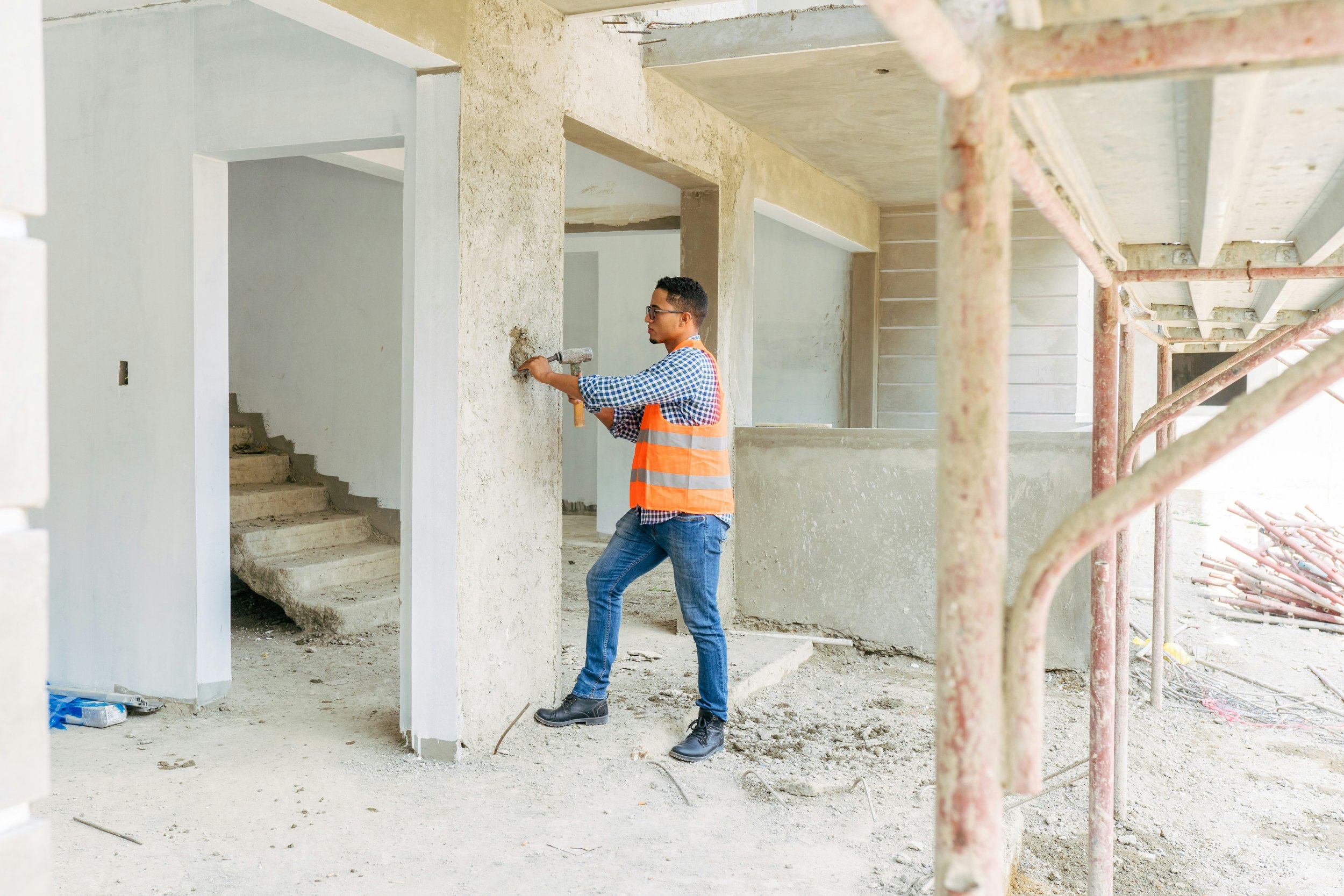The Different Types of Construction Equipment
Explore the main types of construction equipment, their uses, and how each machine contributes to efficient and successful building projects.
With ongoing and proposed public infrastructure projects, the Australian construction equipment sector is expected to expand by 5 per cent over the next few years. Ambitious developments vital on a national scale, including the Snowy 2.0 Hydro Project, the Melbourne-Brisbane Rail Link, completion of the Western Sydney International Airport and regional road and rail expansions, compete with the growing private sector spanning traditional industries, including housing and mining, to drive the national economy.
Central to all operations is the growing selection of construction equipment Australia-wide, with earthmoving, material handling and transportation equipment and machinery dominating industries like mining, general construction and logistics. Excavators of all sizes are by far the largest single type of new and used machinery, followed closely by dozers. The two contribute almost half of the construction machinery bought in Australia.
Construction Equipment Categories
Regardless of whether you're a machine operator, overseeing ongoing projects or involved in the planning phase, general knowledge of construction equipment categories and types ensures increased project efficiency, improved worksite safety and that operations are completed within set timeframes and budgets. Construction equipment can be broadly categorised into four general groups:
Earthmoving Equipment
These are large, heavy-duty machines capable of repetitive, labour-intensive tasks. Machines are used to move large amounts of soil, dig foundations, clear brush and worksite debris, demolish existing structures and grade soil for new developments. More common pieces of construction equipment here include:
Excavators: With heavy-duty and high-capacity buckets, extendable arms, rotating cabins and versatile tracked rollers or wheels, excavators are one of the most common types of equipment in construction sites. They're involved in digging trenches and foundations, excavating holes, moving large amounts of soil and rock, and lifting and moving heavy materials and site objects. Their versatility can additionally be expanded with dozens of specialised attachments (hammers, rippers, rakes, augers, grapples and an assortment of different buckets) to perform specific tasks, such as breaking hard rock or drilling foundation holes to specified depths. Choose from crawler, wheeled, mini, dragline or short swing types.
Dozers: Equipped with huge, front-mounted blades, bulldozers are used in grading, levelling, backfilling, and moving large amounts of materials in sectors such as mining, land clearing and demolition. Tilting and adjustable blades in varied designs, as well as rear-fitted ripper attachments, can also break up hard ground, be used in trenching and ditching tasks, and for material separation. The machines are also fitted with winches for towing and pushing tasks, rakes for clearing land, and grapples when lifting and lowering heavy objects. Choose from larger crawler or smaller wheeled bulldozers, mini dozers in small-scale operations, and newer hybrid types for fuel efficiency.
Backhoe Loaders: These are another piece of versatile construction equipment, fitted with a front bucket attachment used for lifting and transporting materials (such as dirt, debris, and rock), and a rear backhoe attachment seen in digging, excavating, material handling and demolition tasks. Like excavators and bulldozers, the machine's versatility and efficiency expand with a range of attachments (forks, rippers, compactors, thumbs, among others). Common subtypes are wheeled, mini and extendable-arm loaders, as well as centre-pivot loaders for open areas and side-shift loaders in confined urban spaces.
Material Handling Equipment
Moving and positioning heavy materials and objects efficiently and safely within construction sites is achieved with a range of material handling equipment. Machines and equipment tend to be more compact than larger earthmoving equipment and come with different attachments. Common examples are:
Cranes: Lifting and moving heavy materials, such as steel beams, concrete blocks and machinery, is done with cranes. The machines are often deployed in initial site preparation, complementing earthmoving equipment in clearing land and during the assembly of structural components, such as foundations, or the installation of heavy on-site equipment, including generators. Tower cranes are common in dense, urban settings during the construction of tall buildings and high-rises; mobile, truck-mounted types provide mobility and versatility across varied applications and settings, and crawler and dragline cranes are seen in mining operations when installing heavy equipment and moving large quantities of soil and ore.
Conveyors: These transport bulk materials, such as sand, gravel and demolition debris, as well as building materials, often within confined spaces where other equipment can't reach or is too difficult to use. The consistent and automated movement of construction site essentials ensures speed and efficiency, while reducing the need for manual material handling. Common conveyor types include flatbed belt systems to move materials horizontally, incline belt conveyors (when moving materials up and down in sites with varying elevation), roller conveyors for larger pallets, drums and containers and screw (or auger) conveyors with large rotating screws to move bulk materials like cement. Larger operations also deploy vertical bucket conveyors, especially in mining, and track-mounted overhead types when freeing up space.
Other machines and equipment seen in material handling applications in construction sites include forklifts, when transporting heavy equipment, stacking materials and loading and unloading trucks and telehandlers/ boom lifts with high-reach booms for loading and stacking materials at larger heights.
Transportation Vehicles
Dump trucks have large, heavy-duty loading beds for transporting essential building materials and aggregate to and from construction sites. They're also involved in moving larger volumes of debris and soil cleared by earthmoving and demolition machinery. A standard dump truck uses the power of hydraulic systems and hydraulic rams to dump the contents of the bed. Side dump trucks are ideal in confined areas and unload materials to the side. Bottom or belly dump types dump materials through gates in the trailer bed, and huge trucks with 400+tonne carrying capacity dump ore and soil in mining sites.
Other transportation vehicles regularly seen at construction sites are concrete mixers and tanker trucks. Transit or ready-mixers carry pre-mixed concrete from a concrete batching plant and are more common than volumetric mixer trucks that mix raw ingredients on-site. Water tanker trucks carry water, chemicals and cleaning equipment. They're used in dust control, compacting soil, cleaning equipment and supplying irrigation and drinking water. Fuel tankers deliver diesel and petrol to remote construction sites. Other tankers carry solvents and cleaning chemicals.
Roadwork and Paving Equipment
This is equipment used in site preparation when levelling and shaping land, creating the substrate and compacting soil to increase load-bearing capacity and durability. Excavators and dozers are used in the initial clearing stage, moving large amounts of excess soil, rock and shrub and helping with digging, trenching and general demolition tasks.
To create smooth and level base layers, machine operators deploy motor graders. These are heavy-duty machines with long, adjustable central blades attached to long, pivoting frames designed to level, shape and fine-grade the ground. Precision, power, and movement is provided by a reliable hydraulic system and dedicated cabin controls. Like larger construction equipment in Australia, graders can be combined with various attachments, such as rippers and scarifiers, to break up existing asphalt.
Other frequent machines and equipment seen in roadworks are compactors, rollers and scrapers for base layer preparation, as well as wheeled or tracked asphalt pavers and slip-form and fixed-form concrete pavers.
Buy major brand construction equipment new or used from official or independent dealer networks. To ensure machinery and equipment meet your construction needs, consider the scope, location and specifics of the project, how new or used machinery will benefit efficiency, precision, emissions requirements and safety, whether machines require additional operator training and how far your budget stretches in terms of operating and maintenance costs.

